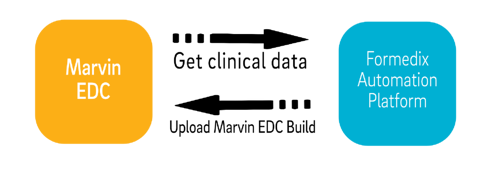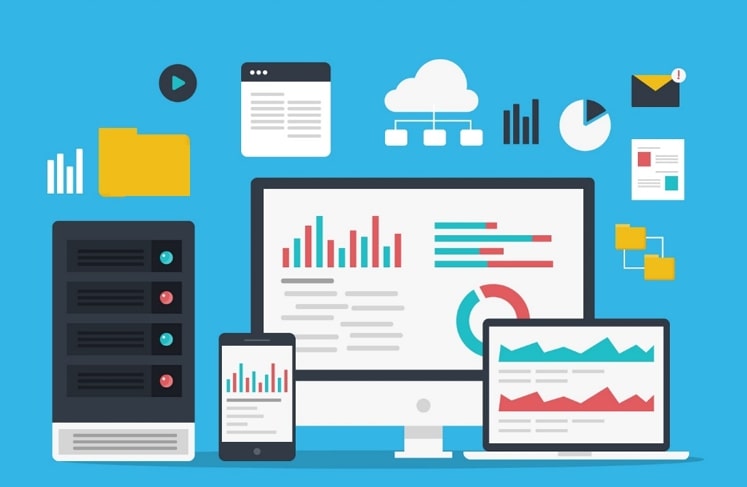– Takes 10 minutes to read this topic –
What’s the background on eCRFs?
Electronic case report forms (eCRFs) are used for gathering patient data during clinical trials. They play a crucial role in helping to assess the safety and efficacy of clinical products. For a study to be successful, data collected must be correct and complete. To be correct and complete, forms must be well planned with meticulous attention to detail. They must comply with the study protocol and record its detail. And, they must also comply with regulatory requirements, such as those defined by the FDA.
In the long run, it’s been proved that doing eCRF design and using EDCs provide much greater benefits than using traditional paper-based methods. What’s more, the FDA has encouraged the use of EDCs to streamline the clinical trial process and to reduce costs.
5 reasons for eCRF design over paper CRFs
1. Having eCRFs for clinical studies enables reuse
If you have paper CRFs, you need to create them over and over again from scratch for each study. Plus, annotations need to be done from scratch. That takes up a lot of time and manual effort. Once you have created your eCRF, then you can standardize it and reuse it across all your studies. It has already been quality checked, so you know it’s correct. You are only creating eCRFs and annotations once, then reusing them as often as you like.
2. Data stored in a cloud-based system is more secure than on paper.
Data stored on paper often ends up in a briefcase, in someone’s drawer, lying on their desk, or even worse, being misplaced, or lost. Not very secure at all! Moreover, data has to be physically moved to a secure location, and that could be many miles away from where it originated. Plus, how is it transported? Potentially, these issues could be a serious threat to data security. If data is stored in a cloud-based system, then these risks are reduced. For example, EDCs have encryption that secures data both in transit and when stored and have off-site encrypted backups. Access is restricted and there is a full audit trail.
3. Using eCRFs in clinical trials results in higher data quality.
High quality data is an absolute must for a clinical trial. And getting high quality data starts with form design and data entry. By creating well designed eCRFs, there is a big reduction in errors compared to using paper CRFs. That is because any errors will show up and can be fixed early on in the process. There’s also less data entry. With paper CRFs, data is entered manually, then it has to be entered onto another system. Not only is this time consuming, but this double entry also results in a much higher likelihood of errors.
4. There is not as much training required as you think.
Using a cloud-based system that automates the process of eCRF design saves a ton of time. Yes, some training will be needed to get started, but the time saved for current and future studies makes up for it many times over. These days, cloud-based systems are user friendly, with built-in help and support. So that makes training a fairly quick process!
5. Using eCRFs for studies can be much more cost effective.
Because you are able to reuse eCRFs, you’re saving time and resources on study setup. That means huge potential cost savings across all your studies. And because quality checks have already been done, there is none of the manual checking and error fixing that is needed for paper CRFs. Using standardized quality content saves time, money, and resources.
What is Formedix?
eCRF design for EvidentIQ EDC Marvin via Formedix

It is quick and easy to make all the different metadata formats you need.
Here are the different visualizations you can do:
- See what eCRFs look like and how they work in Marvin
- Validate eCRFs against Marvin EDC rules.
- eCRF specifications.
- Visit structure specifications.
- Edit check specifications.
- Mapping specifications.
- Submission ready annotated eCRFs in PDF format.
- SAS XPT and SAS v9 clinical views.
Once you are happy with your eCRFs, it is just 1 click of a button to create your Marvin build. Simply upload it, as shown in the diagram above, and you are good to go!
If you want to find out more about the Formedix eCRF designer for the Marvin EDC, you can visit the Formedix website at: https://www.formedix.com/crf-design-edc-design
And if you want to find out more about EvidentIQ EDC solution:
Get a demo of Marvin, our all-in-one eClinical solution





























